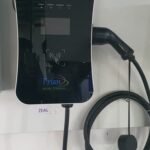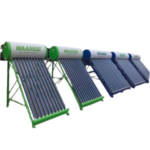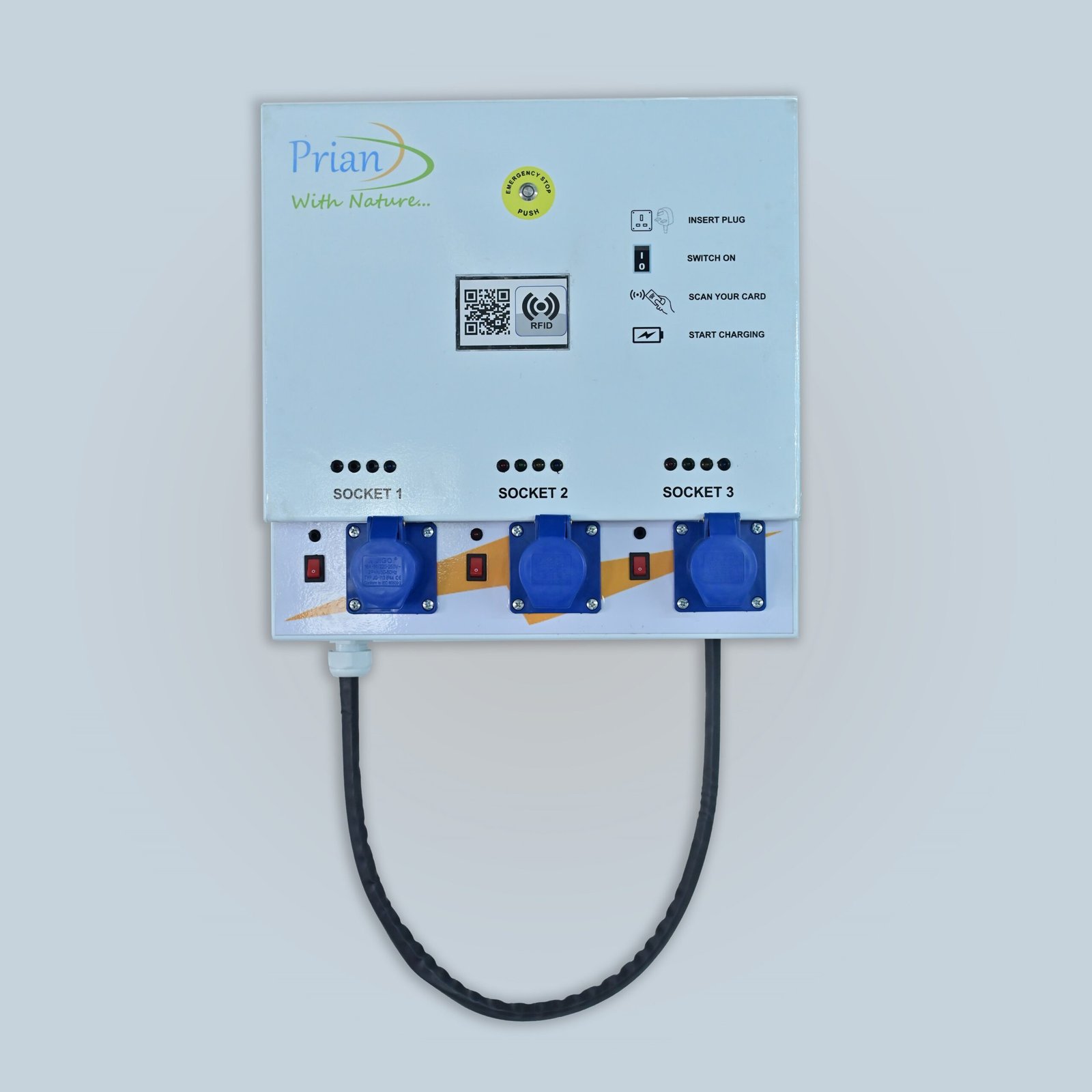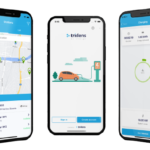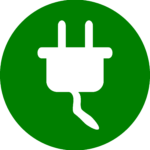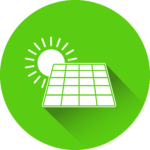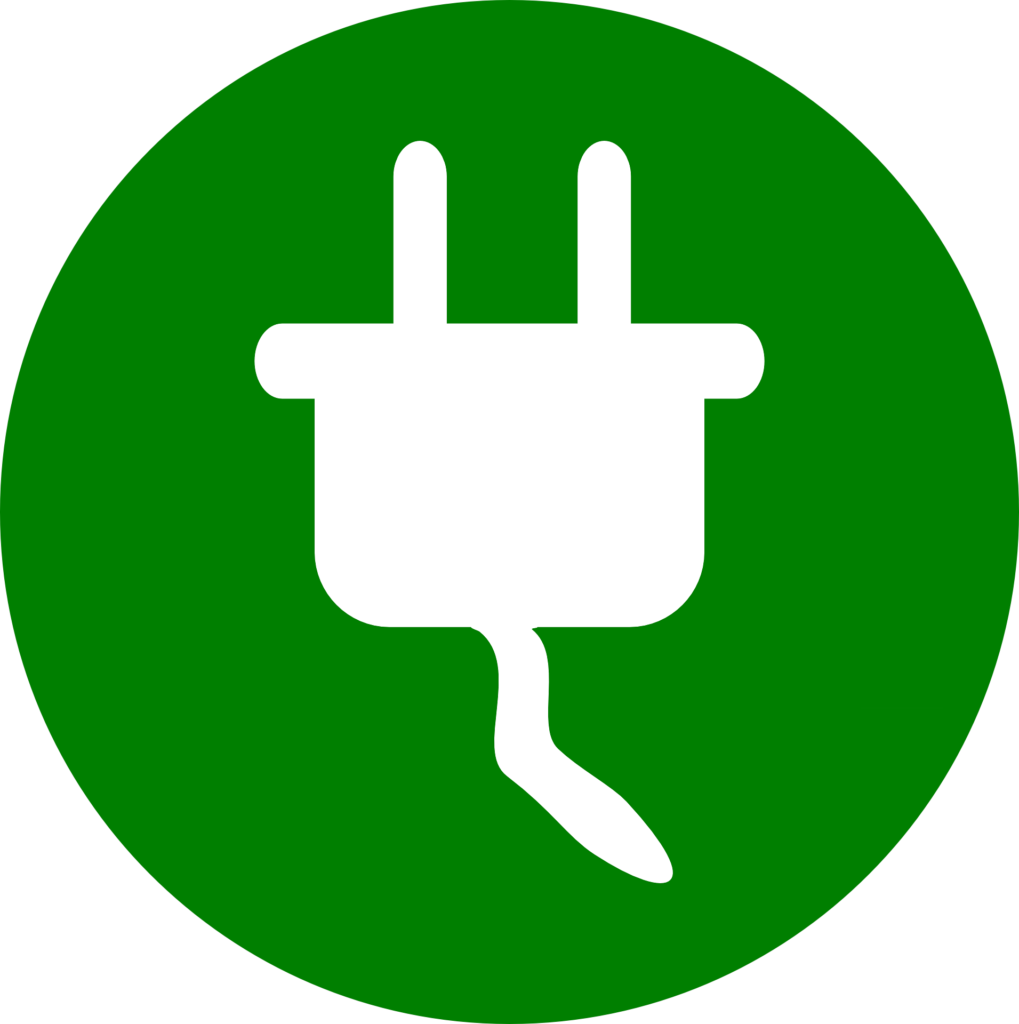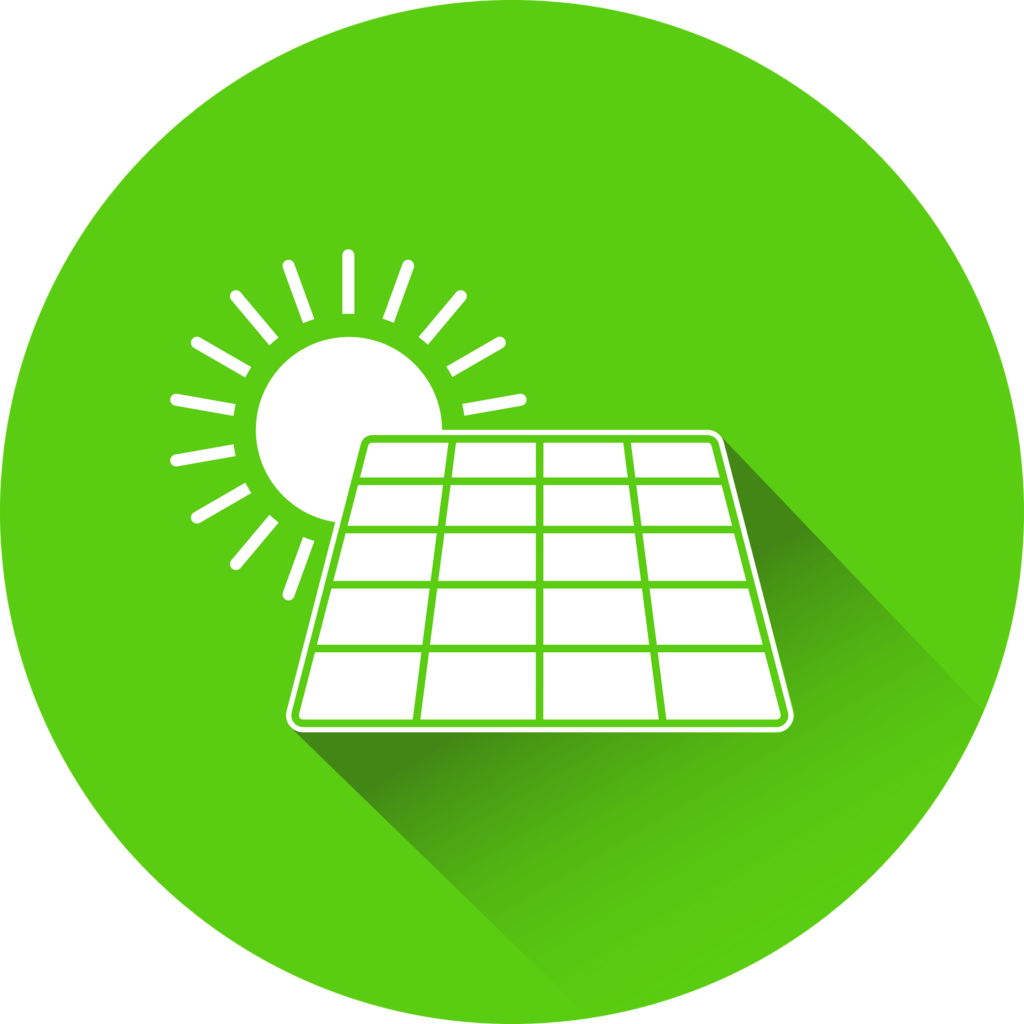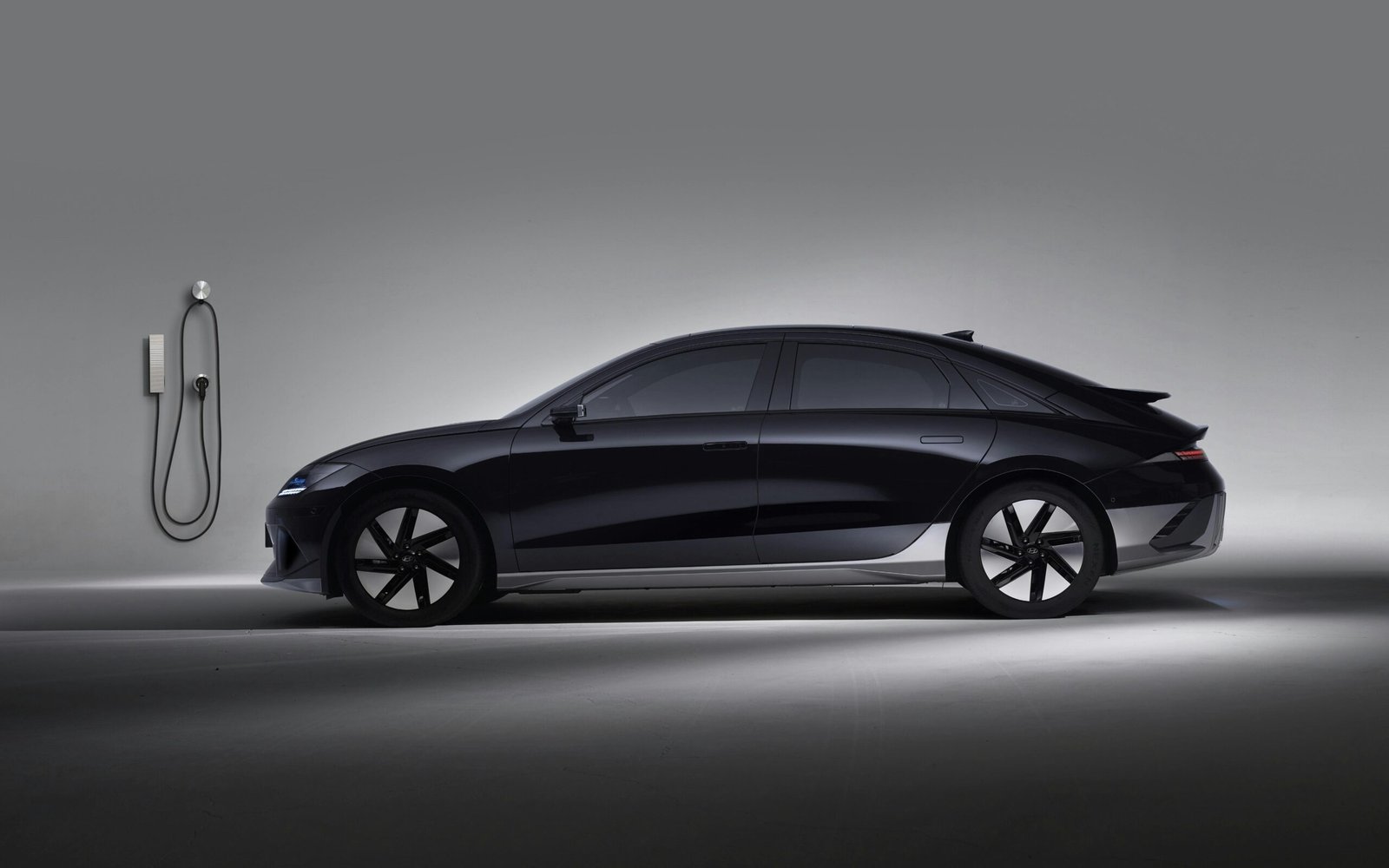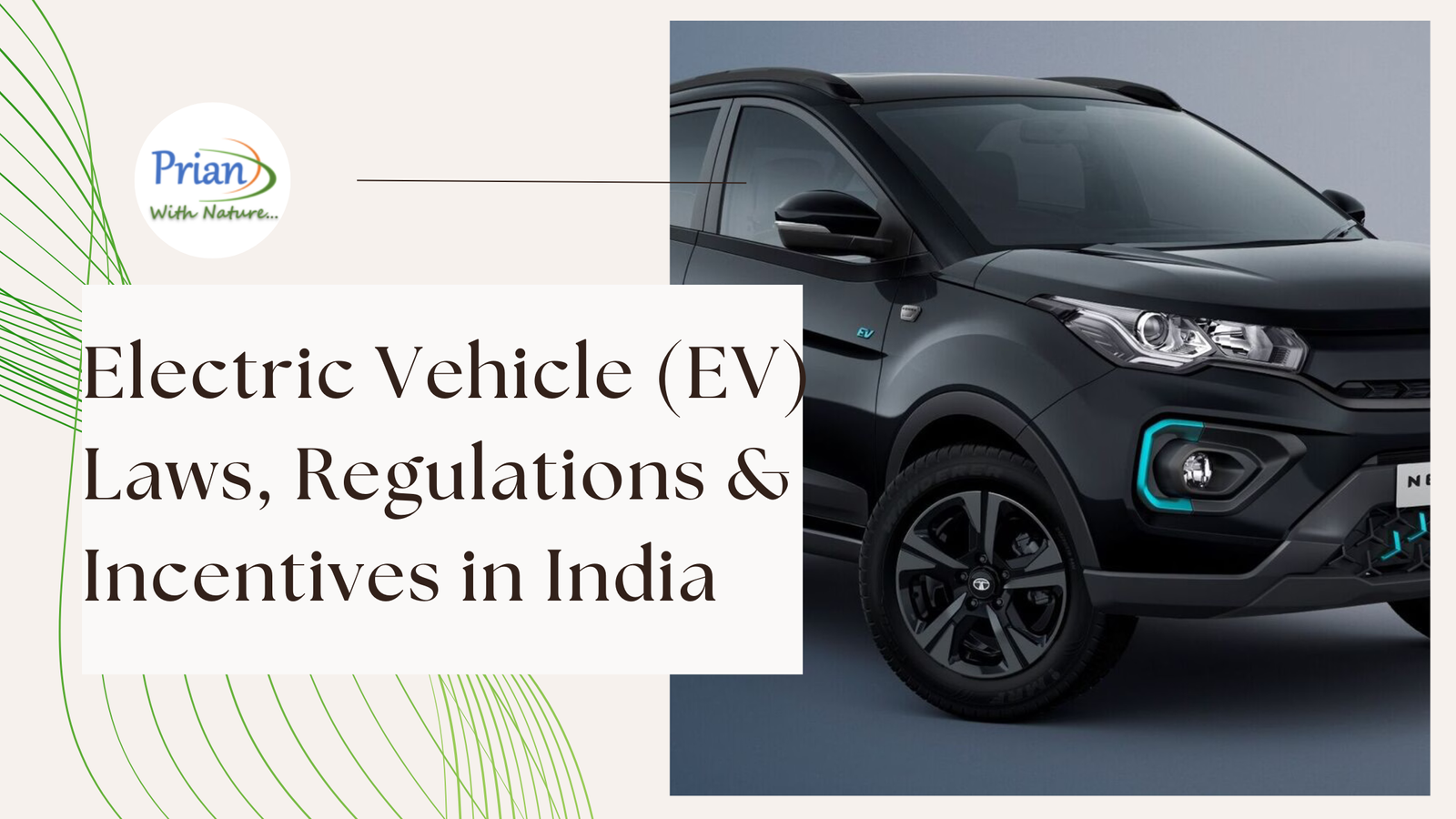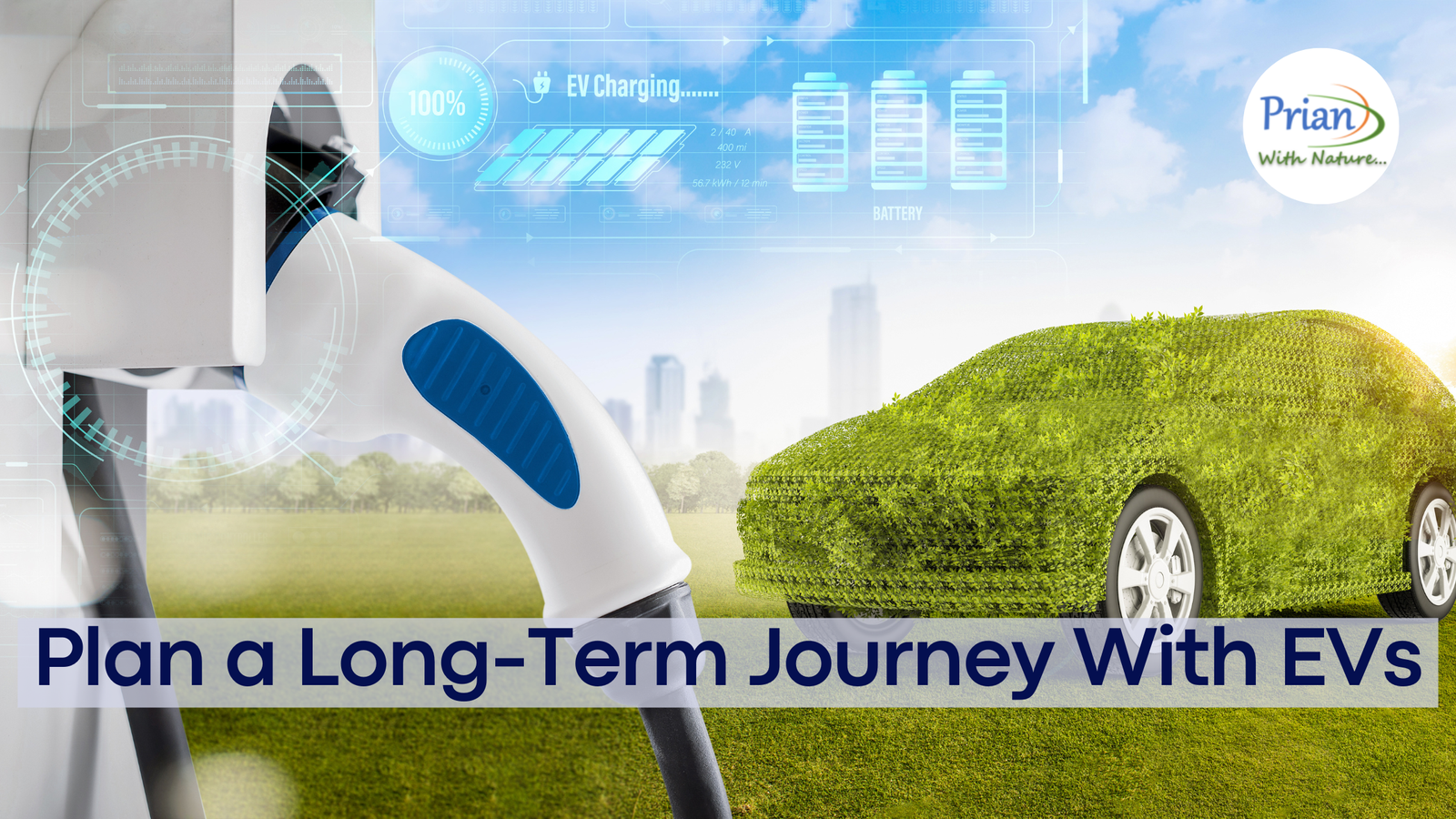What are the types of EV chargers available?
1. Level 1 (AC Slow Charging): Standard 220V home outlets, suitable for overnight charging.
2. Level 2 (AC Fast Charging): 240V chargers found at public stations, offering faster charging.
3. DC Fast Chargers: High-power chargers for quick top-ups, usually available in commercial locations.
How can I find a public EV charger?
Finding a public EV charger is easier than ever. Almost all public EV charging companies have a network, accessible through an app, to display charging station locations. With the advancement of interoperability, charging networks also exchange information with one another to display chargers from multiple companies. This Open Charge Point Protocol (OCPP) simplifies the user experience by eliminating the need to download multiple apps. Public EV chargers are also visible on some navigation softwares such as Google Maps.
How long does public EV charging take?
Public EV charging time is dependent on the type of charger, among other factors. Level 2 EV chargers, more commonly found in local communities and places of work, can add around 15 to 30 miles of range per hour. DC Fast Chargers, more common along highways, can charge your EV in as little as 30 minutes. No matter how you choose to charge your EV away from home, expect the process to take longer than filling a gas tank.
Is my EV battery going to run out before I find a charger?
If you’ve never run out of gas, you’ll never run out of electricity. Similar to your old gas-powered vehicle, EVs will give you a warning when your battery is low and many will display EV charging stations in the area. If your battery level continues to decline, your EV will take precautions such as increasing regenerative braking to convert more kinetic energy into usable energy therefore extending battery life.


